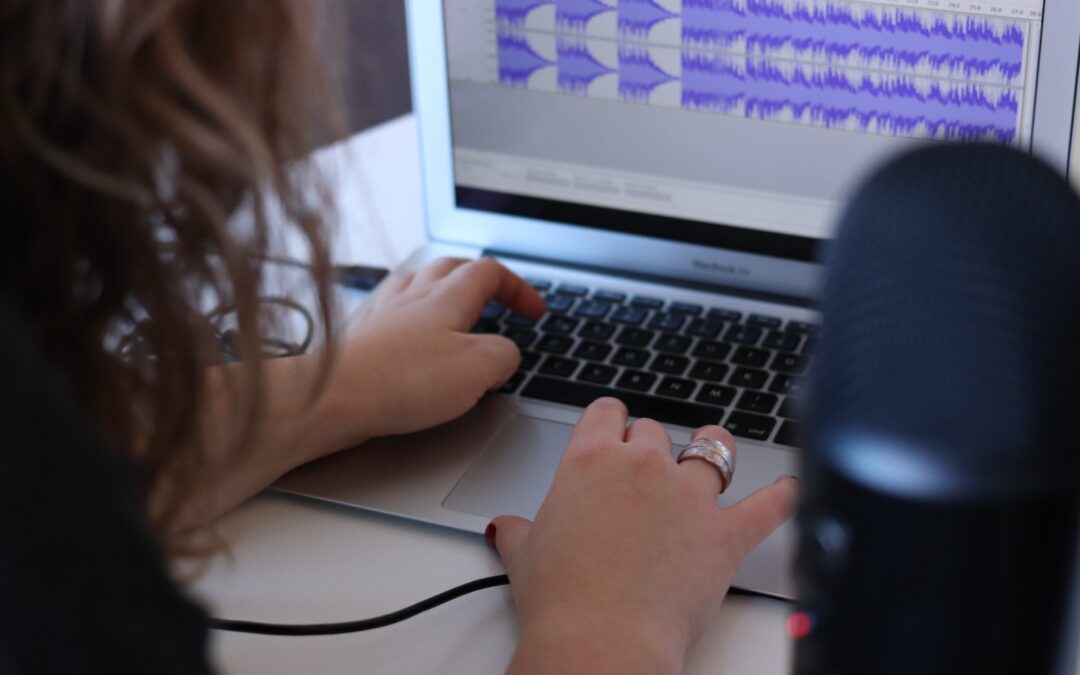As a voice over artist, it is essential to be able to take direction effectively. Voice over directors and producers rely on their voice over artists to bring their scripts to life, and being able to take direction well can make the difference between a good performance and a great one. In 2023, there are several tips and best practices that can help voice over artists take direction like a pro.
- Be open to feedback: One of the most important aspects of taking direction is being open to feedback. It is important to remember that the director’s goal is to help you deliver the best possible performance. Listen carefully to their feedback and take it on board.
- Ask questions: If you are unsure about a particular direction, don’t be afraid to ask questions. Asking for clarification or more information can help you understand what the director is looking for and enable you to deliver a better performance.
- Understand the context: Before recording, take the time to understand the context of the script. What is the purpose of the script? Who is the target audience? Understanding the context can help you deliver a more nuanced performance.
- Pay attention to tone and pacing: Voice over directors will often give specific direction on tone and pacing. Be sure to pay close attention to these instructions and make adjustments as necessary.
- Be willing to try different approaches: If the director is not satisfied with your performance, be willing to try different approaches. Don’t be afraid to experiment with different tones, pacing, and inflections to find the right approach for the script.
- Take breaks: Recording sessions can be physically and mentally demanding. Taking breaks can help you stay fresh and focused throughout the session.
- Stay hydrated: Drinking water can help to keep your voice in top condition during recording sessions. Be sure to have water available and take regular sips throughout the session.
- Use a microphone properly: The microphone is a critical tool for voice over artists. Be sure to use the microphone properly, positioning it correctly and speaking directly into it to get the best sound quality.
- Warm up before recording: Like any physical activity, warming up before recording can help to prevent strain and injury. Doing vocal exercises and stretches before recording can help to prepare your voice and prevent fatigue.
- Practice outside of recording sessions: Finally, it is essential to practice regularly outside of recording sessions. Practicing your craft can help you develop your skills and deliver better performances.
Taking voice over direction like a pro requires a combination of technical skill, creativity, and professionalism. By following these tips and best practices, voice over artists can work effectively with directors and producers, delivering great performances that bring scripts to life.

